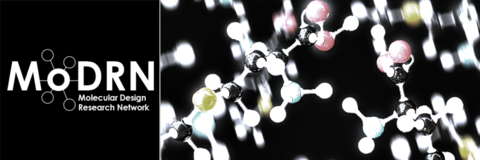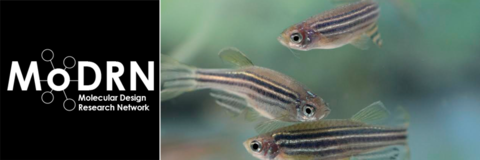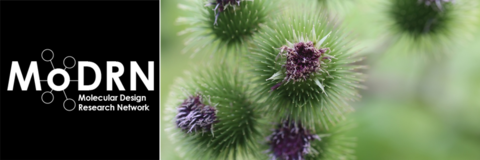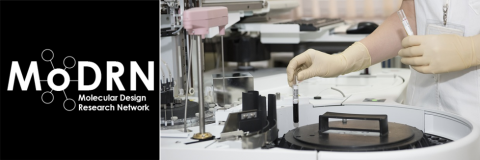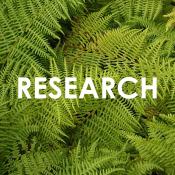Model Organisms: Zebrafish
Introduction: For decades, toxicology testing with animal models has been a crucial tool for studying the adverse health effects of chemicals and human disease. Vertebrate animal models are used because of the conservation that exists between humans and other vertebrates in the genetics, development, and metabolic pathways. However, it is worth noting that there are other models such as bacteria, yeast and fruit flies that have provided great insight into the biological functions of more complex organisms. When selecting a model for toxociology testing, it is helpful to have a good understanding of the toxicity endpoints, the mechanism of action if possible, and the extent to which various model organisms can approximate human responses to those endpoints or that mechanism.
Learning Outcomes: By the end of this module, the student will be able to:
- Recognize the benefits of using zebrafish as a model organism for toxicological research.
- Describe the hierarchy of testing models.
- Find examples of peer-reviewed research that uses zebrafish to study toxicology and disease.
Background and Information: Animal models are used with expectations that the discoveries made in the animal model will provide clearer insight into the biological functionality of other organisms; for example, humans. This becomes relevant when these studies can offer a unique insight into the biology of the disease and help to mitigate some of the harmful effects of drugs and chemicals. The reason that animal models can be used as a ‘surrogate’ system for humans is because of the great similarities in genes and pathways even between organisms that have been evolving independently for millions of years. For example, the GAPDH gene encodes glyceraldehyde 3-phosphate dehydrogenase enzyme, which helps to break down glucose for energy in organisms. The GAPDH gene in mouse and GAPDH gene in human share over 83% of identical sequence! This high sequence homology provides a foundation for extrapolating information collected from animals to humans. Figure 1 demonstrates the general hierarchy for testing models. Depending on what tier the research starts, the collected data can lead to inferences and rational for moving to a more complex testing model. For example, during pharmaceutical drug development large amounts of data are collected from the bottom three tiers before moving to the top most tier (labeled epidemiology), which in this example would be human clinical trials. To date, there is a large database of animal model data that is available to use for predicting toxicity. The scientific community as a whole, including government funded agencies like the National Institutes of Health (NIH), have fostered programs for education and training on the replacement, refinement and reduction of the use of animals in scientific research; commonly referred to as the 3 R’s.

Figure 1: Hierarchy of testing models: Before a chemical is introduced to animal or human models, it undergoes rigorous in silico testing. During this stage chemical effect is modelled by sophisticated computer software. As we move up the pyramid, in vitro studies involve testing on cultured cells, rather than on live animals. Once approved, chemicals are tested on cellular and organ level and then on the whole organism. Only after a thorough in vitro and in vivo toxicological studies, chemicals (such as drugs) are introduced to a human population.
Why are scientists using a home aquarium fish to study human disease and chemical exposure? The answer is quite simply that zebrafish are an excellent vertebrate model organism and here are some reasons why:
- Small size and speedy growth: The same traits that make zebrafish popular pets also make them good model organisms. Adult zebrafish are small in size, they grow quickly, and they breed readily. They can reach sexual maturity in three months in the lab, and each adult female can produce hundreds of eggs a week. Conducting larger studies with higher numbers in your exposure groups is much easier with zebrafish than with mice.
- External fertilization and development: The eggs are fertilized and undergo development outside the mother’s body, rather than the internal development of mammals or even the internal fertilization of birds, amphibians and reptiles. This allows researchers to examine and manipulate the embryos from the moment they are fertilized.
- See-through embryos: The optical clarity of zebrafish embryos and the chorions that surround them offers an amazing view of morphological development, organ development and function. Rapid embryonic development: Zebrafish develop from fertilized eggs to something resembling tiny fish in 24 hours. This same period of development for mice takes up to 21 days. Check out this time lapsed video of a zebrafish embryo developing over a 24-hour period. The visual clarity and external development allow this incredible view of the developmental processes.
- Genetic manipulation: Zebrafish embryos can be easily manipulated, including making alterations to their genomes. This includes disrupting genes in the fish (either chemically or through gene-editing technologies) and then studying to see what happens when a gene’s normal function is altered. This is often an effective way of identifying new genes or discovering novel functions of known genes. New genes can also be added, including genes for fluorescent proteins that allow researchers to follow specific cell types that are involved in disease in the live fish.
- Homology to humans: Zebrafish have many of the same genes, tissues, and organ systems as humans. Because zebrafish are more similar to humans than invertebrate models (such as the worm Caenorhabditis elegans and the fly Drosophila melanogaster), discoveries made in zebrafish are more likely to be directly applicable to humans than those made in invertebrate systems.
These attributes of zebrafish make them an excellent model for high-throughput screening of chemical compounds. Their size allows for the setup and maintenance of either individual fish or groups of fish in separated containers in which your compound of choice may be administered. This gives researchers a large amount of flexibility and statistical power when determining potential toxicities of chemicals. In addition to their relevance to human health, they are also a good model for other aquatic species: they can be exposed to contaminated water sources for a discipline of toxicology known as ecotoxicology. In these types of studies researchers can determine if pollution is affecting the local ecology.
Video:
Assignment:
As described above, zebrafish can be a powerful model for scientific research into human disease and development. Perform your own literature search on the zebrafish model being used for research into some form of human disease. http://www.ncbi.nlm.nih.gov/pubmed is a good starting point. Rather than focusing only on one unique protein or molecule, provide a big picture as to how the zebrafish anatomy and/or physiology is more similar to humans than is that of invertebrate or non-animal models for your chosen disease. Examples to focus on can be metabolic pathways, receptor mediated pathways, genes involved in the initiation and/or progression of the disease. There are numerous examples you can use to answer this question.
Click here to evaluate this module.
Resources:
- National Institutes of Health. (2012). New video highlights NIH investment in zebrafish research. Retrieved from http://www.nih.gov/news-events/news-releases/new-video-highlights-nih-investment-zebrafish-research
- The University of Sheffield. (2015). Fish for science homepage. Retrieved from http://www.fishforscience.org
- Zurlo, J., Rudacille, D. & Goldberg, A. M. (2010). Animals and alternatives in testing: History, science and ethics. Retrieved from http://caat.jhsph.edu/publications/animal_alternatives/chapter3.html
This material is based upon work supported by the NSF Division of Chemistry and the Environmental Protection Agency under Grant No. 1339637.
